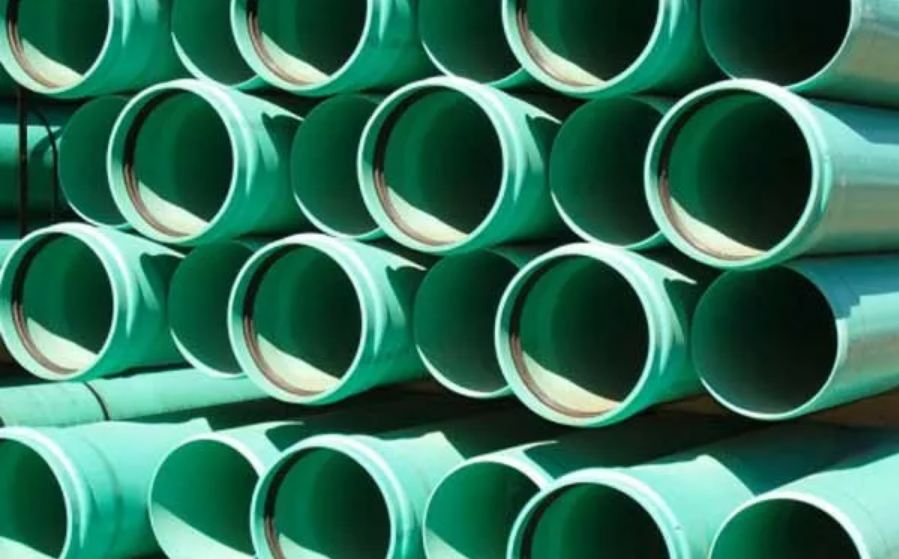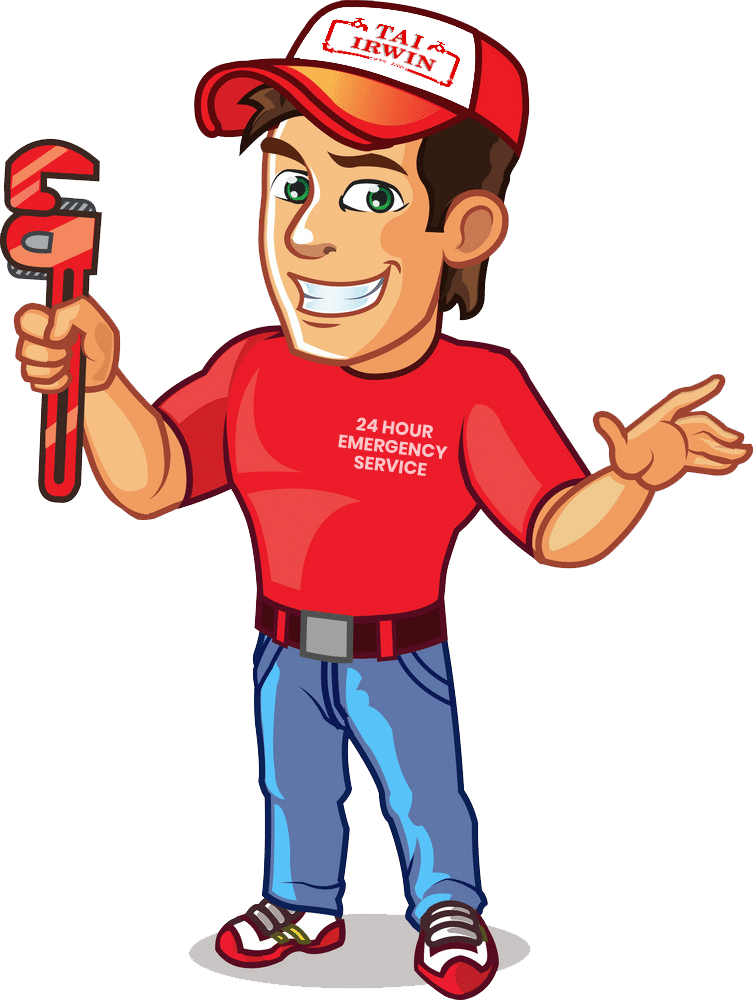Pipe Relining vs. Pipe Replacement: Which Is Right For You?
From cracked pipes to clogged pipes, sagging pipes to leaking pipes, there are many potential problems with your pipework. In my years as a North Shore plumber, I’ve seen it all – and the serious damage that can come with not keeping your pipes properly maintained.
There are two major options for repairing damaged pipes: pipe relining and traditional pipe replacement. Here we’ll answer some frequently asked questions around the latter: what is pipe relining, how does pipe relining work, and how long does pipe relining last.
Pipe relining vs. replacement – which is right for you?
Although pipe relining has been used in Europe and the United States for 25 years, in Australia it’s a fairly new advancement.
If you’ve ever wondered how pipe relining works, basically a piece of inflatable tubing is pushed or pulled through the pipe and then inflated to replace the original piece of piping. It’s then bonded with a strong, durable epoxy resin. This makes for a less disruptive and more targeted method of repairing pipe breaks, clogs, and leaks.
Convenience
Perhaps the clearest advantage that pipe relining has over pipe replacement is its sheer convenience. Pipe replacement involves excavation and digging long trenches on your property, potentially tearing up your lawn, landscaping, driveways, and other structural elements. On the other hand, pipe relining takes place on a more localised scale.
Pipe relining typically requires minimal excavation work and just one access hole. It can be completed within a few days, depending on the size and nature of the project. This minimises disruption to your family’s day-to-day routine.
On the other hand, pipe replacement is typically more time-consuming, often lasting weeks and even months. You’d also have to take into account the restoration work that follows its completion to return your property to its usual state.
Cost
Another crucial factor for you to consider is how much pipe relining costs compared to the cost of pipe replacement. Overall, pipe replacement tends to be more labor-intensive and, like a larger-scale project, involves higher material costs.
Pipe relining, however, avoids not only higher costs in the repair process itself but also the potentially high costs of restoration in the aftermath.
Durability
It may seem counter-intuitive that fixing existing pipes through relining could be more durable than installing a new pipe altogether, but actually, it’s often the case. This is because pipes repaired through relining methods tend to be stronger than older PVC pipes, and can offer a lifespan of decades – in some cases, up to 50 years! Here at Tai Irwin, we offer a complete warranty for both the product and workmanship involved in pipe relining.
Type of repair
Pipe relining is particularly well-suited to:
- Homes that have valuable landscaping or structural features that would be difficult or expensive to get around underground
- Homes that have a particularly long or deep lining, or those with surrounding poor soil conditions – such as clay soil
- The soil type is just one factor to consider in regards to whether or not your pipe may be at high risk of needing repairs or maintenance. Other factors include the age of your home and its plumbing systems, whether you have any large trees near your home, and whether you’ve had any renovation done that could have disrupted the pipes.
Pipe relining can assist with repairs caused by structural damage (seen in cracked, sagging, or misaligned pipes), as well as damage caused by the intrusion of tree roots. These can penetrate the cracks and joints of service pipes, risking sewer back-up and extensive damage. The seamless pipes involved in pipe relining can help prevent these issues.
However, there are cases where pipe relining is not possible. For instance, if the pipe damage is so extensive and severe that the lines are essentially broken, pipe replacement may be the only option.
Pipe replacement can also be the better option if you’re undertaking several major home improvement projects or renovations at one time. by getting it repaired in one go rather than a piecemeal approach, or if the lateral has collapsed in the old pipe.
If you’d like to know more about the comparative benefits of pipe relining and pipe replacement or discuss which option is better for you, contact our team today.






